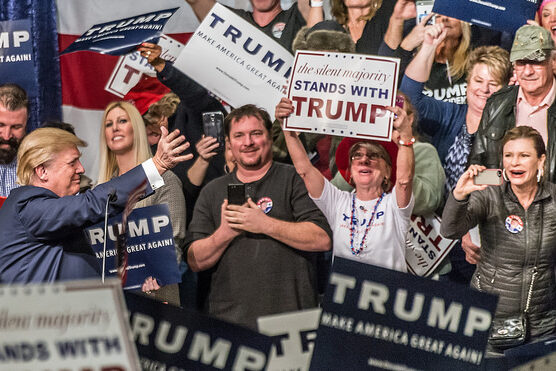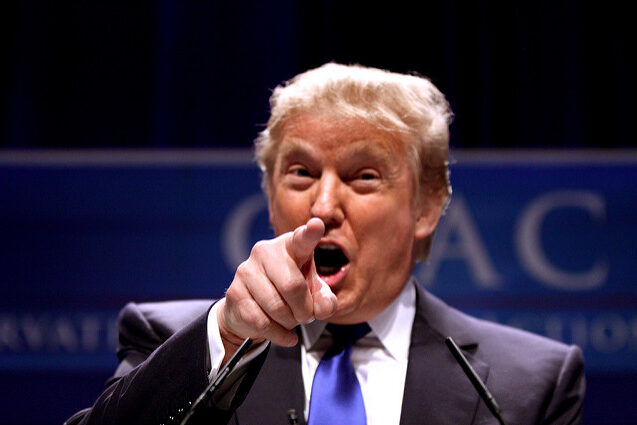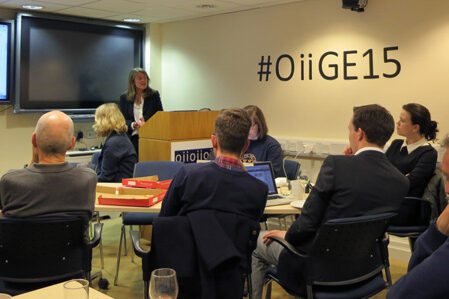Tag: social media
News
- Articles from Policy & Internet
- Books
- Call for Papers
- Child Safety
- Collective Action
- Conferences
- Democracy
- Development
- Economics
- Education
- Environment
- Ethics
- Governance & Security
- Health
- Interviews
- Mapping
- Methods
- Policy
- Politics & Government
- Publications
- Social Data Science
- Submissions Closed
- Tools
- Video
- Wellbeing
-

Is Social Media Killing Democracy?
Both the Brexit referendum and US election have revealed the limits of modern democracy, and…
-

Don’t Shoot the Messenger! What part did social media play in 2016 US election?
We should appreciate how social media can provide a wealth of valuable data to understand…
-

Rethinking Digital Media and Political Change
What are the dangers or new opportunities of digital media?
-

Brexit, voting, and political turbulence
Explaining why many political mobilisations of our times seem to come from nowhere.
-

How big data is breathing new life into the smart cities concept
If all the cars have GPS devices, all the people have mobile phones, and all…
-

Digital Disconnect: Parties, Pollsters and Political Analysis in #GE2015
The Oxford Internet Institute undertook some live analysis of social media data over the night…
-

How do the mass media affect levels of trust in government?
Challenging the conventional wisdom that suggests greater exposure to mass media outlets will result in…
-

Young people are the most likely to take action to protect their privacy on social networking sites
So are young people completely unconcerned about their privacy online, gaily granting access to everything…
-

Mapping collective public opinion in the Russian blogosphere
The Russian language blogosphere counts about 85 million blogs—an amount far beyond the capacities of…
-

The physics of social science: using big data for real-time predictive modelling
—
There are very interesting examples of using big data to make predictions about disease outbreaks,…
-

Verification of crowd-sourced information: is this ‘crowd wisdom’ or machine wisdom?
—
The problem with computer code is that it is invisible, and that it makes it…
-

Exploring variation in parental concerns about online safety issues
Parents have different and often conflicting views about what’s best for their children. What’s helpful…